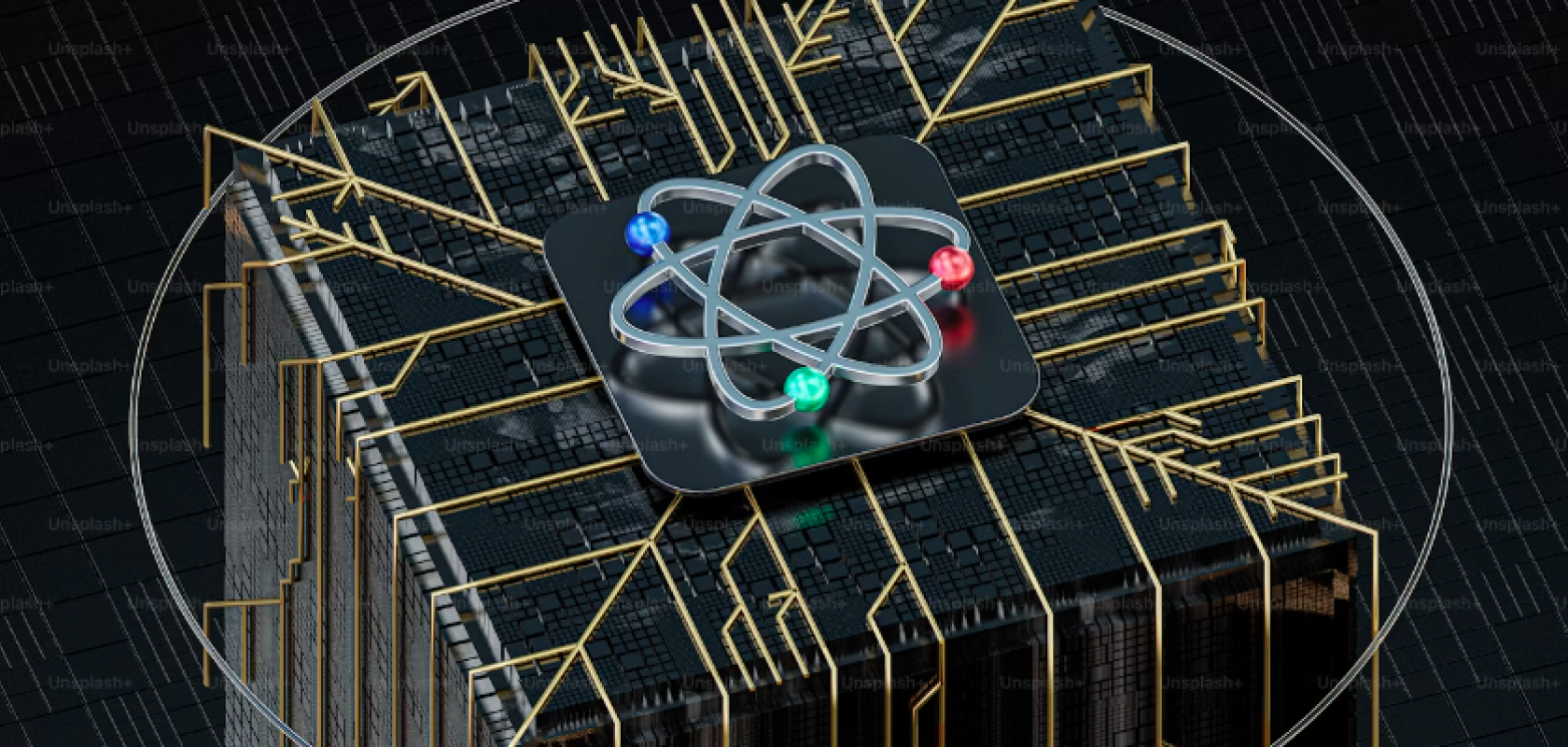Diamond-based quantum technology firm, Quantum Brilliance (QB), has announced the agreement of a strategic collaboration with Oak Ridge National Laboratory (ORNL) to build a joint platform facilitating collaborative development of quantum computing with high-performance computing (HPC).
The two orgnisations intend to work toward the HPC ambitions by exploring the on-premises integration of QB's quantum computing cluster into HPC systems at ORNL, while attempting to push the boundaries of computational capabilities and advancing scientific research.
The strategic collaboration is seen as the beginning of a long-term partnership where QB and ORNL can enhance the synergy between quantum and classical computing by leveraging QB's deployable room-temperature diamond quantum accelerators and ORNL's state-of-the-art HPC infrastructure.
Mark Luo, CEO of QB, commented: “This collaboration represents a significant milestone in our mission to bring quantum computing to practical applications.”
Uniting expertise behind parallel quantum computing
Together, the organisations will focus on integrating an on-premises cluster of QB's quantum accelerators with ORNL's HPC systems to explore the performance and effectiveness of parallelised and hybridised quantum computing.
Shaun Wilson, CEO at Shoal Group, and an investor who provided seed funding to QB in 2021, said: “We are thrilled to see Quantum Brilliance’s vision for quantum computing come to life through this collaboration. At Shoal, we understand the importance of collaboration and innovation in delivering cutting-edge solutions to complex challenges and are excited to follow their continued success.”
The idea is to demonstrate the potential of bringing multiple quantum processors together to solve a problem – a process known as parallel quantum computing. From this stems the idea of hybrid quantum computing where both quantum and classical processors work together on a problem.
“By integrating the world’s first cluster of room-temperature quantum processing units with ORNL's leading HPC infrastructure, we aim to demonstrate the benefits of parallel quantum computing. This is a critical milestone towards achieving massively parallelised quantum accelerators, which we believe will be the preferred architecture in HPC centres,” Luo explained.
Realising the potential of parallelised quantum accelerators
Through the collaborative research, QB and ORNL plan to co-develop new computational methods, allowing them to exploit parallel/hybrid computing and new software tools to enable users to implement those methods and develop their own. QB notes that such new knowledge of hybrid computing systems is hoped, and expected, to enable ongoing co-design of superior computing systems, and the infrastructure tools and practical know-how to manage operations.
By integrating quantum accelerators alongside high-powered classical computing, there’s an opportunity to discover solutions to certain complex problems currently unsolvable with classical computing alone. This applies to various areas, such as precision measurement and data processing in aerospace and defence where it may support navigation monitoring using algorithms. It could even be used to optimise precision manufacturing and quality control.
Dr. Travis Humble, Director, Quantum Science Centre at ORNL, said: “Parallel quantum computing holds transformative potential for scientific discovery and industrial applications that require HPC. Partnering with QB allows us to explore effective integration with our existing HPC systems, paving the way for groundbreaking advancements that will inform the design of future HPC infrastructure.”


